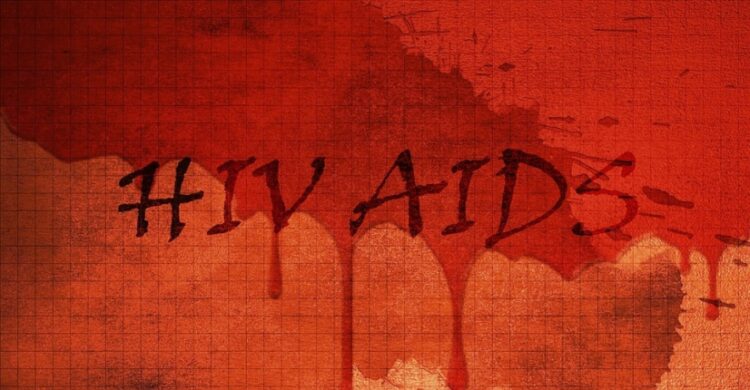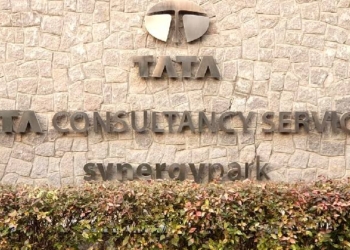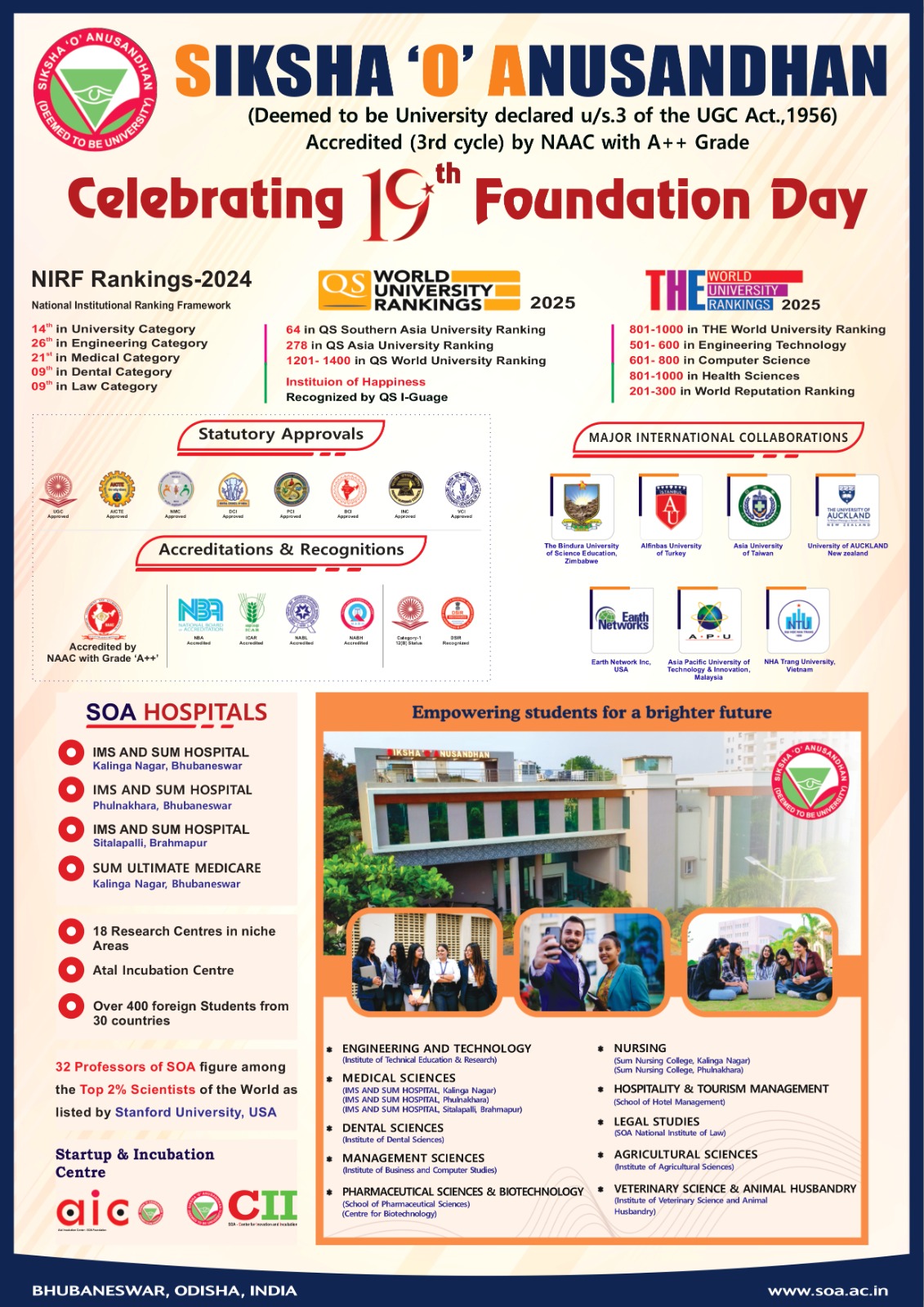New Delhi: Testing is paramount to identify HIV cases, and making self-testing a national policy can certainly pave the way for ending AIDS in India, health experts contended on Sunday.
Globally almost half of the countries (98) have included HIV self-testing policies, and one-fourth nations globally (52) are routinely implementing it. However, India is among the countries that have not yet developed a national policy on HIV self-testing.
“People who have HIV should know their status. Self-testing is a right of everybody,” Dr Ishwar Gilada, President of President, AIDS Society of India (ASI), told IANS at its ongoing three-day 14th National Conference (ASICON) in the national capital.
Not implementing self-tests in India is just “a mindset issue”, Gilada said. “They (the government) unnecessarily thinks that somebody will commit suicide or counselling,” if people get to know their HIV status.
Citing the examples of “self-tests for Covid-19, pregnancy, diabetes,” he said, these “have not only proven successful in increasing the uptake of tests but also how it links to care services”.
Gilada said that HIV self-test is one of the key cog-in-the-wheel to reaching out to the last mile for the first-95 target.
“There is no reason at all to delay full scale rollout of HIV self-testing in India as well as other countries which are missing leveraging upon this evidence-based intervention,” he noted.
The Joint United Nations Programme on HIV/AIDS aims that 95 per cent of people living with HIV must know their status, 95 per cent of them should be on antiretroviral therapy (ART), and 95 per cent of these must be virally suppressed.
ART is the treatment for HIV, and involves taking a combination of medicines. While it cannot cure HIV, it can help people with HIV live longer, healthier lives.
In India, as of March 2022, 77 per cent of people living with HIV knew their status, 84 per cent of them were on antiretroviral therapy, and 85 per cent of them had viral suppression. This translates into 55 per cent of total people living with HIV in India being virally suppressed in 2021-22 against the target of 86 per cent of them virally suppressed by 2025-26.
“On the other hand, the poorest of the poor countries, including in Africa about 90-95 per cent know their HIV status,” Gilada said.
According to the National AIDS Control Organisation 2022 report, between 2010 and 2021, new infections declined by 46 per cent whereas the goal was to reduce new HIV infections by 80 per cent by 2025.
“Testing is probably paramount. Every opportunity that we get to test everybody, that means in emergency situations, in family clinics and reproductive health clinics, only then you will be able to know what the magnitude of the infection is,” said Dr Jyoti Dhar, an HIV Physician and GUM (Genitourinary Medicine) Consultant at University Hospitals Of Leicester NHS Trust, UK.
It is because in most cases, the samples taken to understand the prevalence rate are usually biased, she told IANS.
But “with self-testing you are empowering people to identify that they have put themselves at risk. With self-testing we can help provide information and make people aware where to go and what to do after being exposed to the virus,” Dhar noted.
She said that in this day of modern technology, where everybody has a smartphone, people do not need to go anywhere anymore. “You can link the test with an online resource, where patients can fill in a questionnaire, identify if they have put themselves at risk, and seek what they have to do next”.
“That is the type of education and knowledge that we need to instil into the common person,” Dhar said, adding that self-tests should be provided free of cost for people in the poorest sections of society.
It may also help fight the stigma that these patients, particularly the vulnerable populations like the hijra community, face while going for identifying their status, the health experts said.
The positivity rate of HIV in the country shows to be just 0.21 per cent of the whole population or adult population.
“But when you talk about the marginalised population, say men who have sex with men, the positivity rate is 15 to 16 times more, in the hijra community it is more than 15 times, among injection drug users it is 45 times more than the general population,” Gilada said.
“These people do not get tested because of stigma,” he said, and self-tests can help them identify their status.
Gilada also cited the example of Vietnam and Cambodia who were very high in HIV at one time. They implemented self-testing and achieved good results.
“They controlled HIV because they were proactive. So I think our mindset has to change. We have to become proactive. We should go one step further, particularly for marginalised communities and let them come out let them be tested”.
(IANS)


















